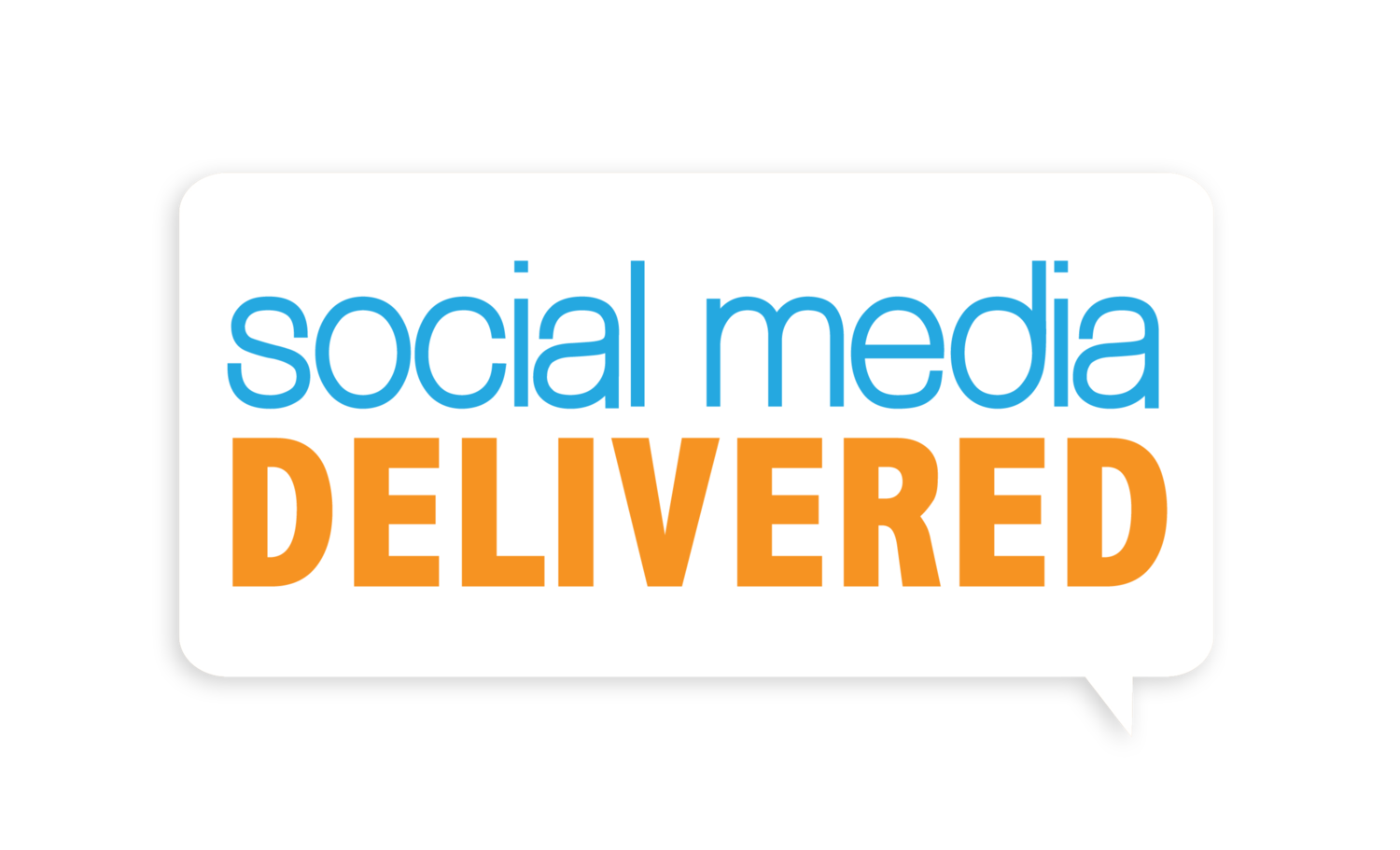Talk SMAC To Be The Industry Mack
by Alex J. Velez | @Alex_J_Velez There is a new kid on the block and yes, he likes to talk SMAC. If you have been isolated in a deserted island, there is the probability that you have not heard of him. So, allow me to introduce SMAC, the acronym coined by Cognizant in 2011, stands for Social Media, Mobility, Analytics and Cloud Computing. By 2020, there will be 100 billion computers and 35,000 exabytes of data (Note: 1 exabyte is equal to 1 million terabytes), which means companies need to learn SMAC if they want to be the “mack” of their industry. SMAC can be the driving force behind an organization’s success because social media expands the way organizations interact with customer mobility and ensures customers have access to company information via various devices. Also, analytics makes sense of the data by translating it to create value while cloud computing stores information over the Internet, reducing cost and increasing productivity.
Malcolm Frank, Executive Vice President of Strategy & Marketing for Cognizant Technology Solutions, said if companies are not taking advantage of SMAC, “then [they] are at risk of being usurped by those competitors that have.” For example, Amazon and Netflix outsmarted their competitors by capitalizing on SMAC; as a result, Borders and Blockbuster went bankrupt because they defined their success by processes and not added benefits. This clearly shows that innovation that consists of a bigger, cheaper and faster process is not the champion method, at least not in today’s technology driven world.
Nevertheless, it is important to understand each piece of technology individually in order to be able to collectively obtain its added benefits.
Social Media: Organizations must interact wherever customers are at, and they are virtually everywhere. Most importantly, they are connected to social websites, such as Facebook, LinkedIn, Twitter and Pinterest, to name a few. Recommendations made by friends via social media have more influence than a two-minute commercial. For example, an individual can post on his/her Facebook page that "X" gas station has the cheapest price in Dallas. As a result, anyone of his/her friends can share the post on their own page, therefore increasing the popularity of that bit of information. The real value is created when someone looking to save money on gas remembers the post about "X" gas station in Dallas. This demonstrates that companies looking to promote their brand and increase return of investment need to establish a social media presence.
It is through the social interaction that businesses are able to improve and sell their products and/or services. Customers no longer favor brand loyalty because they can instead visit websites like eBay and Amazon to obtain valuable information in real time, such as reviews, product and service descriptions, and an organizations dedication to customer service. In addition, social media enables companies to capture the behaviors and attitudes as well as likes and dislikes of their target audiences. As a result, companies can advertise personalized solutions.
Mobility: By 2015, there will be about 10 billion computing devices in use, which motivate companies to consider reaching their stakeholders (internal and external) via smartphones, tablets and computers, thus making organizations no longer limited by their locality because they are able to humanize themselves, get out of the building and virtually connect with people all around the world.
Analytics: Analytics allow companies to transition to a boundaryless business model in which they can gain insight into customer’s experiences and activities. When companies interpret incoming data and are able to translate it to create value, the ROI will be positively impacted. However, organizations will face a challenge in the near future, due to the fact that data managed by corporations will grow exponentially. If truth be told, the International Data Corporation (IDC) forecast that organizations will need to deal with 50x more information by 2020 than they are managing today; so, they need to ensure they have resources, such as personnel and equipment, in place to cope with large amounts of data. Consequently, if companies do not want to end up “doomed” like Borders and Blockbuster, they need to be responsive to the need for business intelligence and analytics.
Cloud Computing: The dematerialization caused by social media, mobile, and analytics need to be coupled by cloud computing for added value. When these technologies connect with servers off-site that manage data and are platforms for software, corporations can see a reduction in cost, waste, time to market, while at the same time improving productivity and quality. For instance, cloud computing allow IT departments to spend a bulk of their time analyzing data because corporations can download software and updates automatically through the cloud, rather than manually installing and/or updating security software on every single computer.
Businesses should join the new kid on the block by jumping to the next curve of technological innovation and see how SMAC can improve and grow their businesses. Organizations that engage with people through social media, collect and store data in the cloud regarding the end-users’ attitudes and behaviors, as well as connect with their customers via multiple devices (tablets, smartphones, laptop, etc.), are already using one or more SMAC technologies. However, when applied holistically, SMAC can give businesses a platform to strategically execute their strategies and transform the way they operate, especially since the blend of all technologies empower companies to become agile and more innovative.
Image courtesy of: http://www.collaborative.com

